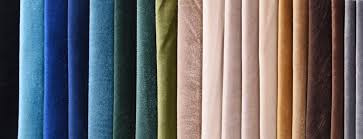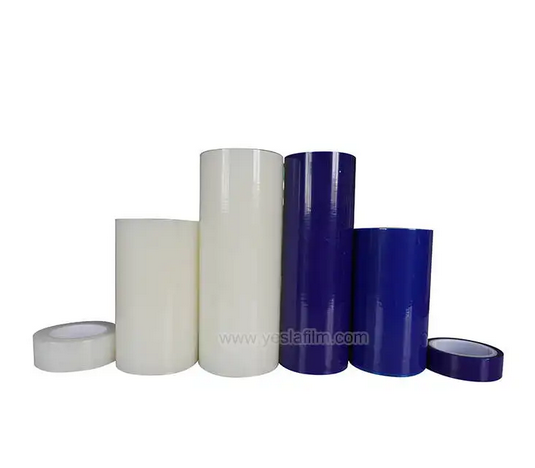Velvet fabric has long been associated with luxury and sophistication. When used for sofas, it offers an elegant aesthetic combined with durability, making it a preferred choice for homeowners and interior designers alike. Whether enhancing a classic decor or modernizing a contemporary setting, velvet sofas provide unmatched style and comfort.

Characteristics of Velvet Fabric for Sofas
- Soft and Plush Texture
Velvet fabric is known for its incredibly soft, smooth, and rich texture. Its pile surface reflects light, creating a beautiful sheen that adds to the visual appeal of a sofa. - Durability and Strength
Despite its delicate appearance, high-quality velvet is a durable fabric that can withstand everyday use. Materials like polyester or cotton blends enhance its resilience, making it ideal for households with pets and children. - Luxurious Appearance
Velvet exudes an opulent feel that enhances the elegance of any living space. Available in a range of deep, vibrant colors, it makes a statement piece that stands out effortlessly. - Comfort and Warmth
Velvet sofas provide a cozy and inviting seating experience. The thick fabric retains warmth, making it an excellent choice for colder climates or creating a comfortable ambiance.
Types of Velvet for Sofas
- Cotton Velvet
Provides a matte finish with a soft feel, ideal for a refined and subtle look. - Silk Velvet
The most luxurious and delicate option, offering a glossy sheen and ultra-soft touch. - Polyester or Synthetic Velvet
A more affordable and durable choice, resistant to stains and fading. - Crushed Velvet
Features a textured surface with a shimmering effect, adding depth and a unique aesthetic. - Performance Velvet
Specially treated to be stain-resistant and more durable for high-traffic areas.
Advantages of Velvet Sofas
- Aesthetic Appeal – Enhances the beauty of any room with its rich, sophisticated look.
- Versatile Design – Complements various interior styles, from classic to modern.
- Durability – High-quality velvet is long-lasting and wear-resistant.
- Comfortable Seating – Soft and plush for a luxurious seating experience.
Maintenance Tips for Velvet Sofas
- Regular Vacuuming – Use a soft brush attachment to remove dust and prevent dirt buildup.
- Immediate Spot Cleaning – Blot spills gently with a dry cloth and avoid rubbing to prevent stains from setting.
- Use Fabric Protectors – Consider using a fabric spray to repel stains and moisture.
- Avoid Direct Sunlight – Prolonged exposure can cause fading, so place the sofa in a shaded area.
- Professional Cleaning – For deep cleaning, seek professional upholstery services to maintain its quality.
A velvet sofa is more than just a piece of furniture—it’s a statement of elegance and comfort. With its luxurious feel, durability, and timeless appeal, it remains a top choice for those looking to enhance their living spaces. By selecting the right type of velvet and maintaining it properly, a velvet sofa can remain stunning and inviting for years to come.

